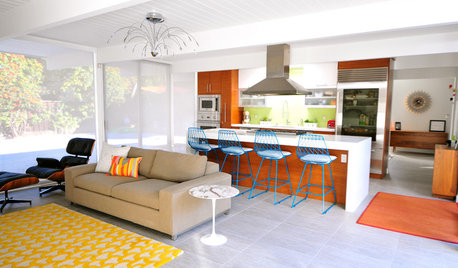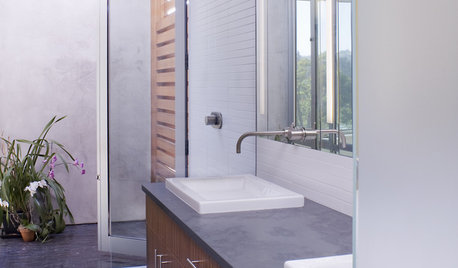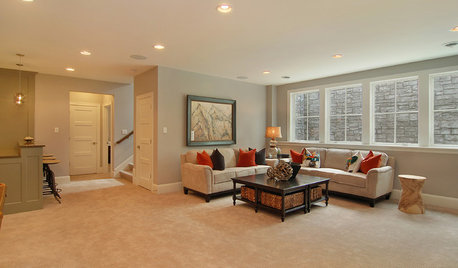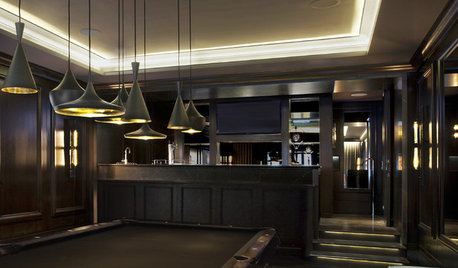Low amperage house circuit breaker
chuckeas
11 years ago
Related Stories

LIFECould You Be a Landlord?
Sure, the extra income would be great. But jumping blindly into owning a rental property could be disastrous. Here's what you need to know
Full Story
HOUSEKEEPINGWhat's That Sound? 9 Home Noises and How to Fix Them
Bumps and thumps might be driving you crazy, but they also might mean big trouble. We give you the lowdown and which pro to call for help
Full Story
MIDCENTURY HOMESHouzz Tour: An Eichler Remodel Spawns a Design Career
A homeowner finds her true calling upon redesigning her family's entire California home
Full Story
BATHROOM DESIGN10 Amenities to Make Your Bathroom Extraordinary
Go beyond the basics for a luxury bathroom experience, with extra-special options starting at only $25
Full Story
REMODELING GUIDES10 Tips for Renovating Your Basement
A professional contractor shares her tips on what to consider before you commit to a basement remodel
Full Story
REMODELING GUIDESContractor Tips: Finish Your Basement the Right Way
Go underground for the great room your home has been missing. Just make sure you consider these elements of finished basement design
Full Story
HOUSEKEEPINGTo Do: Choose Your Weekend Project
You know the one — it's been hanging over your head for months. Just pick one from your list to do now, and enjoy the change
Full Story
BATHROOM DESIGNHow to Settle on a Shower Bench
We help a Houzz user ask all the right questions for designing a stylish, practical and safe shower bench
Full Story
CONTRACTOR TIPSBuilding Permits: 10 Critical Code Requirements for Every Project
In Part 3 of our series examining the building permit process, we highlight 10 code requirements you should never ignore
Full Story
LIFEHow to Prepare for and Live With a Power Outage
When electricity loss puts food, water and heat in jeopardy, don't be in the dark about how to stay as safe and comfortable as possible
Full StoryMore Discussions








bus_driver
Ron Natalie
Related Professionals
Big Lake General Contractors · Fremont General Contractors · Marietta General Contractors · Spanaway General Contractors · Westmont General Contractors · Lynwood Solar Energy Systems · Moreno Valley Solar Energy Systems · Palm Springs Solar Energy Systems · Syosset Solar Energy Systems · Payson Solar Energy Systems · Fort Collins Home Automation & Home Media · Glendale Heights Home Automation & Home Media · Keller Home Automation & Home Media · Los Alamitos Home Automation & Home Media · West Chester Home Automation & Home Mediagreg_2010
rwiegand
bus_driver
Ron Natalie
bus_driver
Ron Natalie
btharmy
bus_driver
alan_s_thefirst